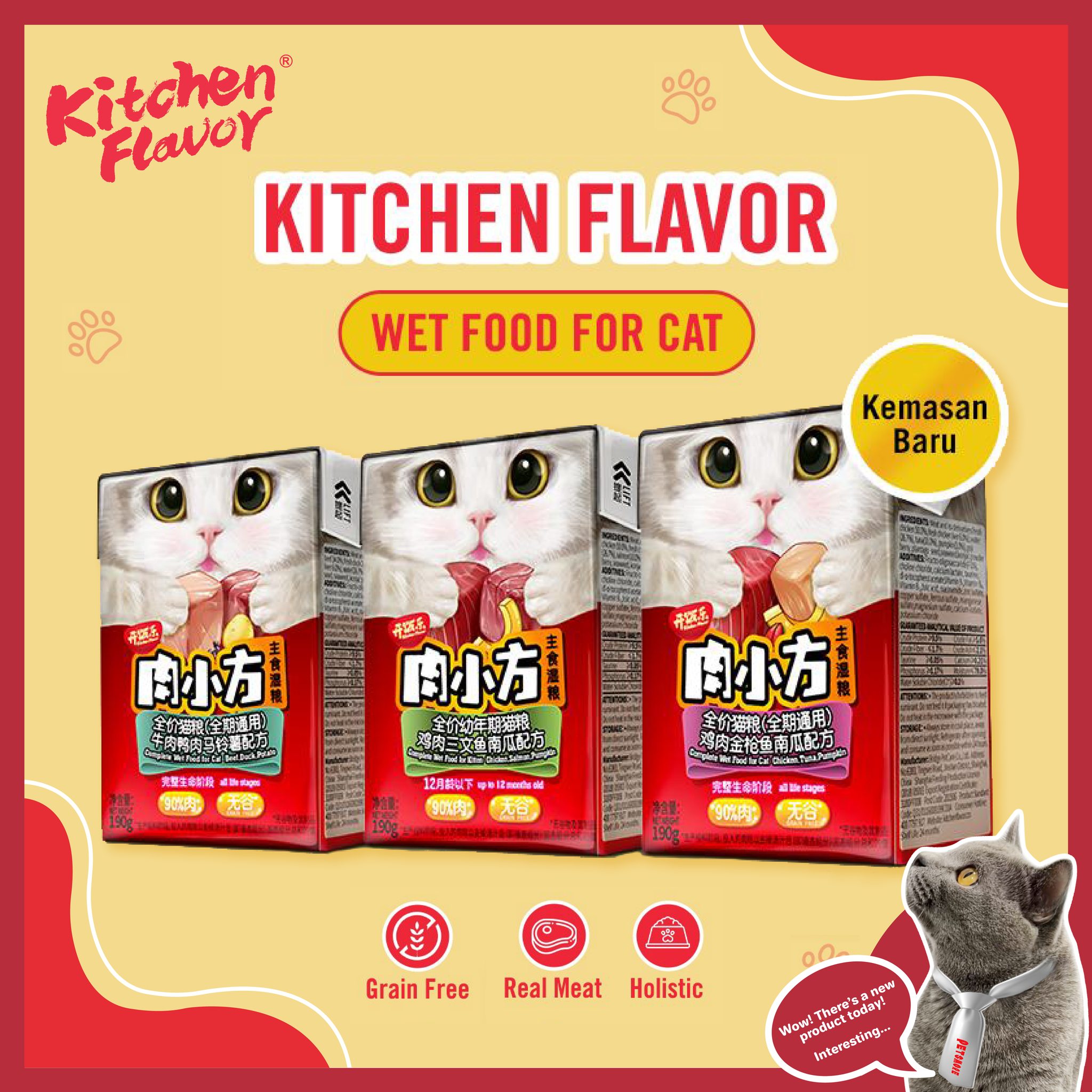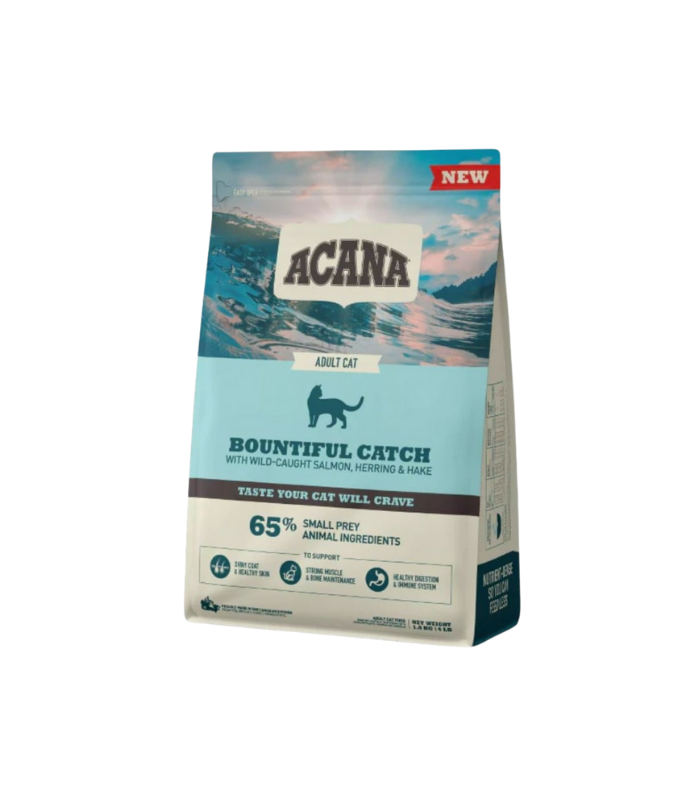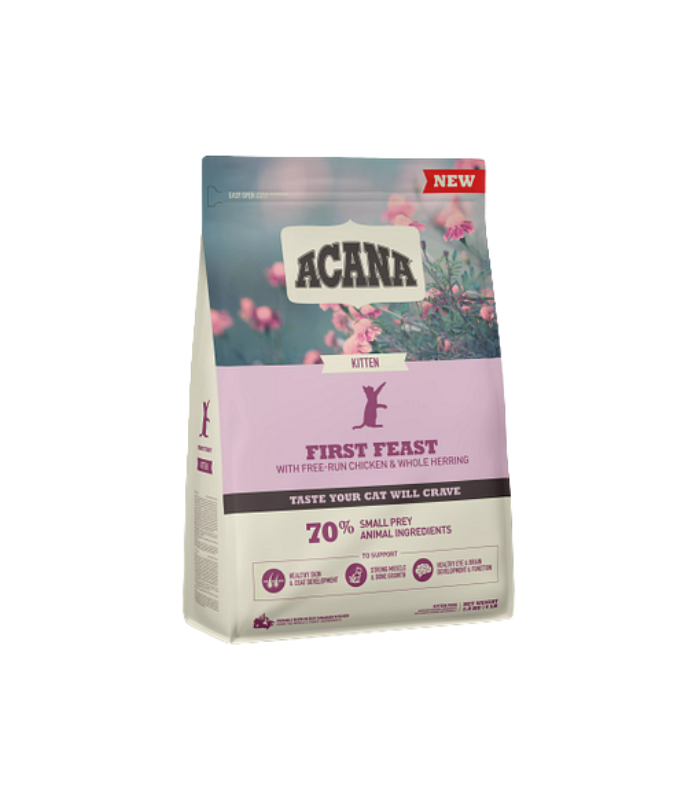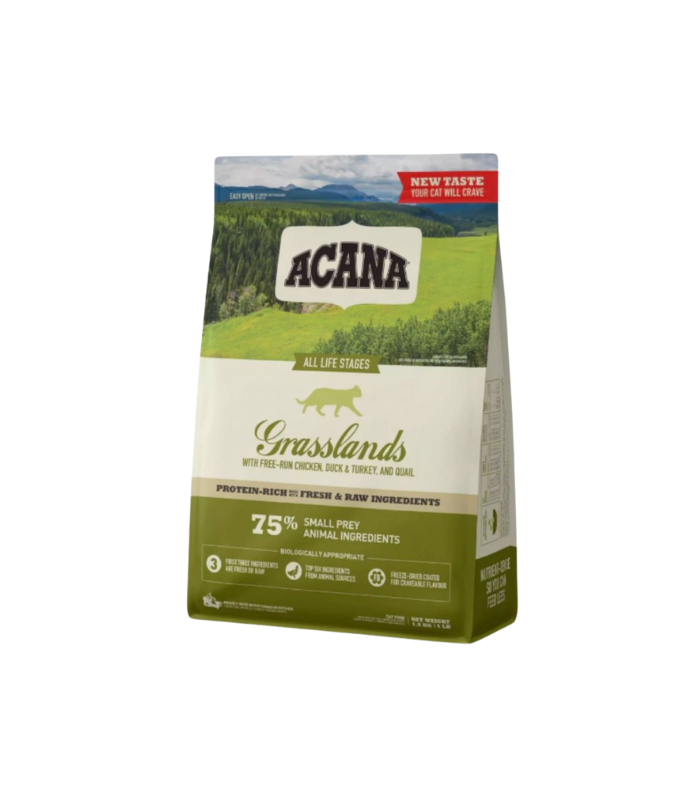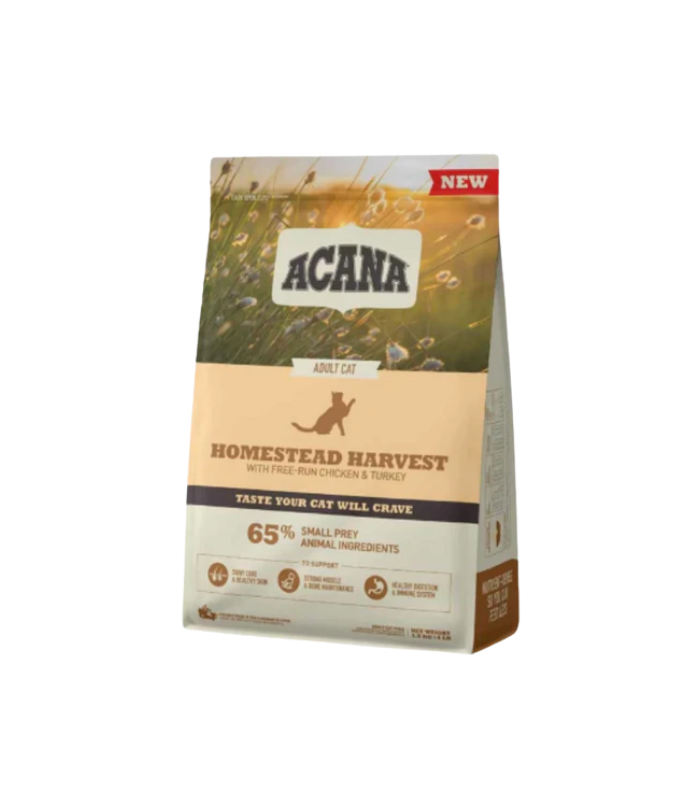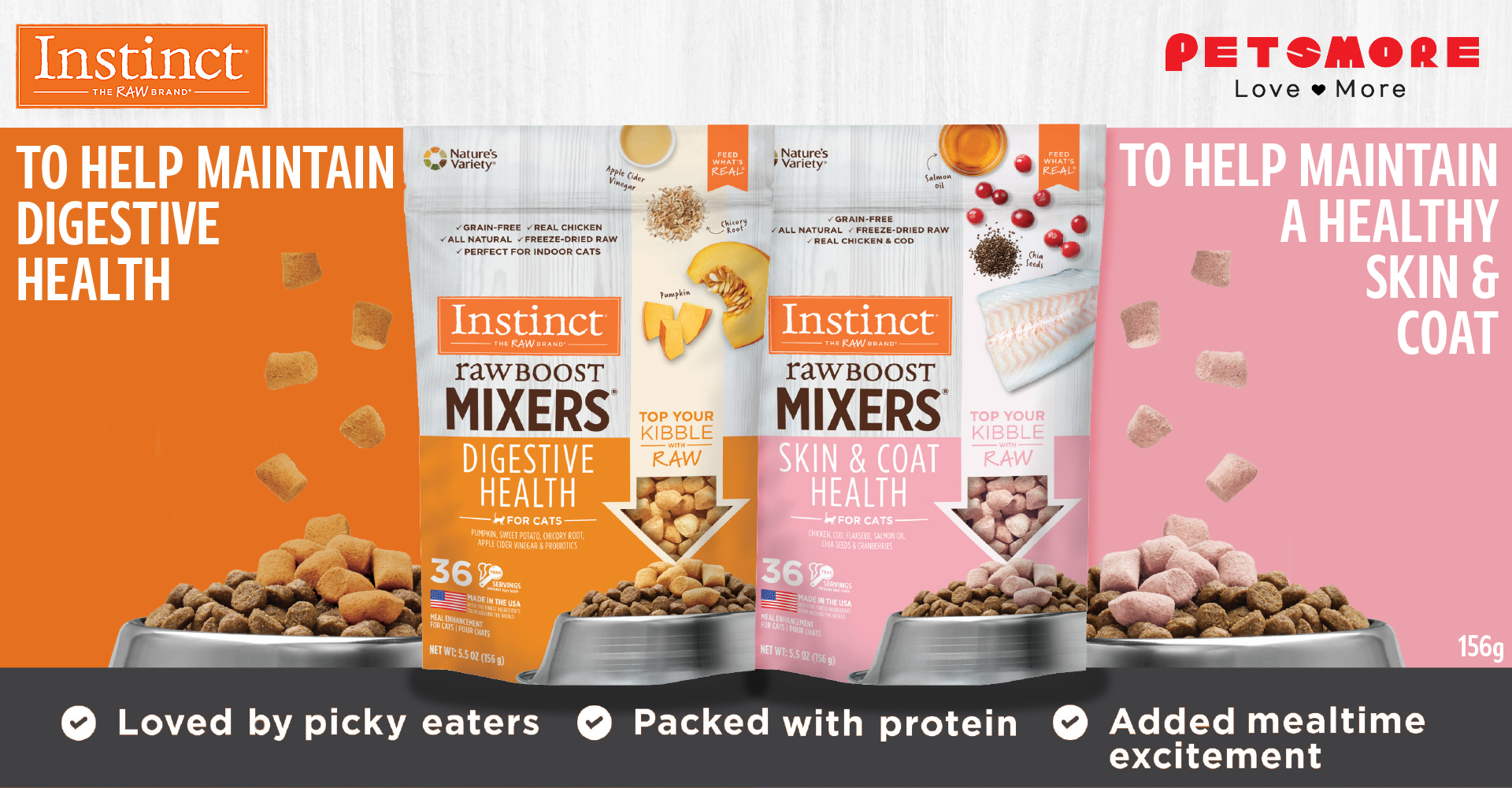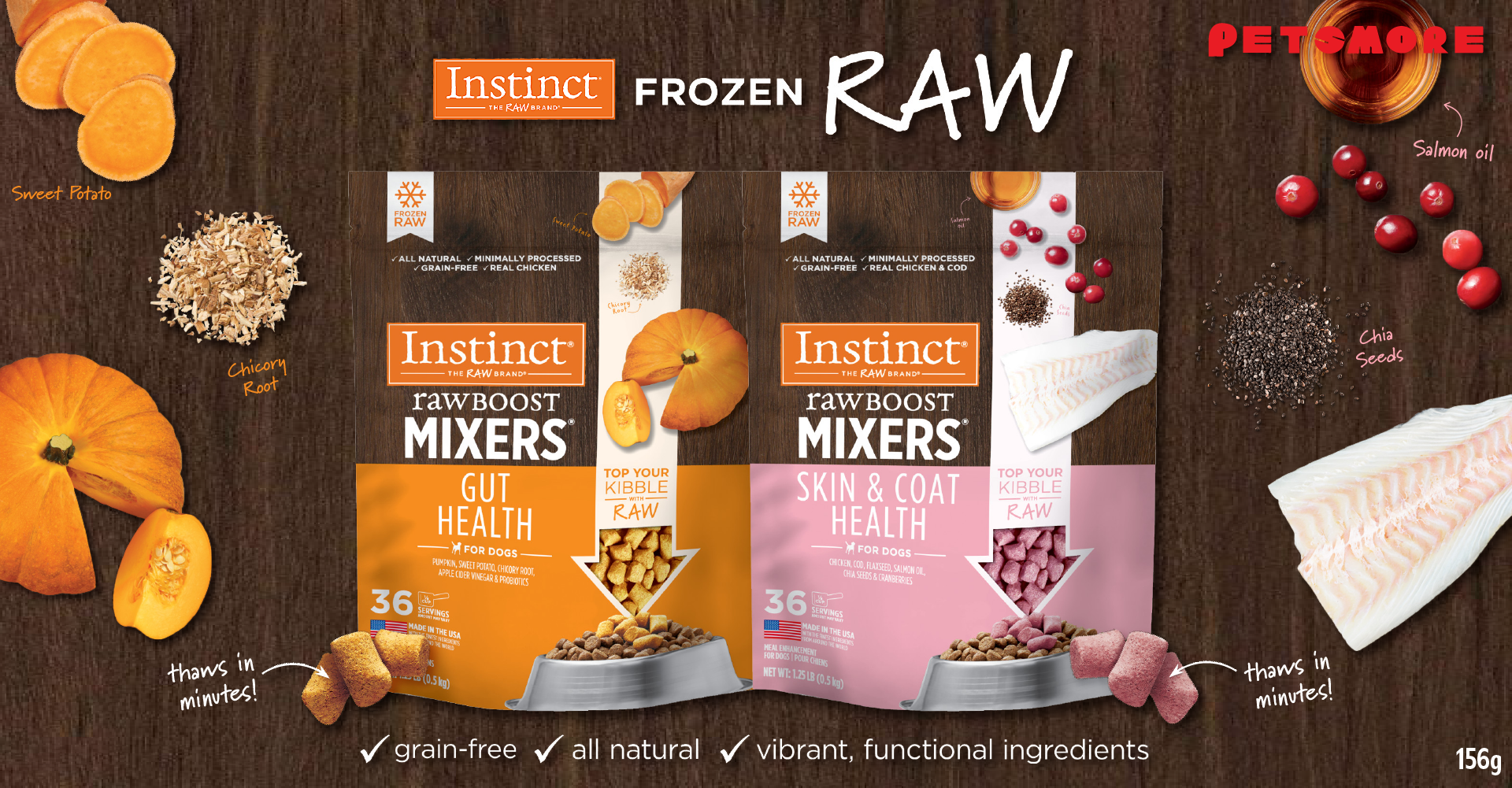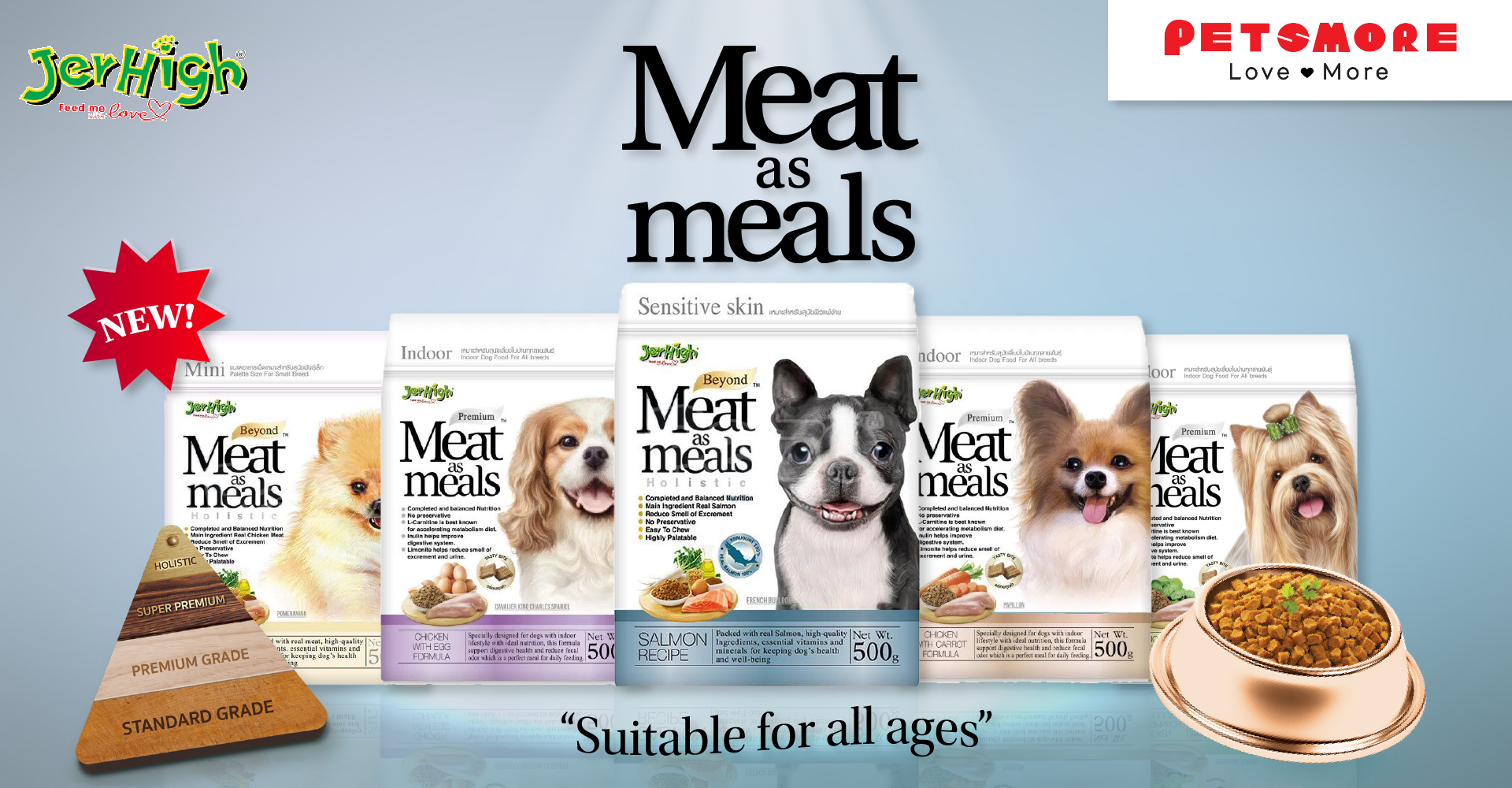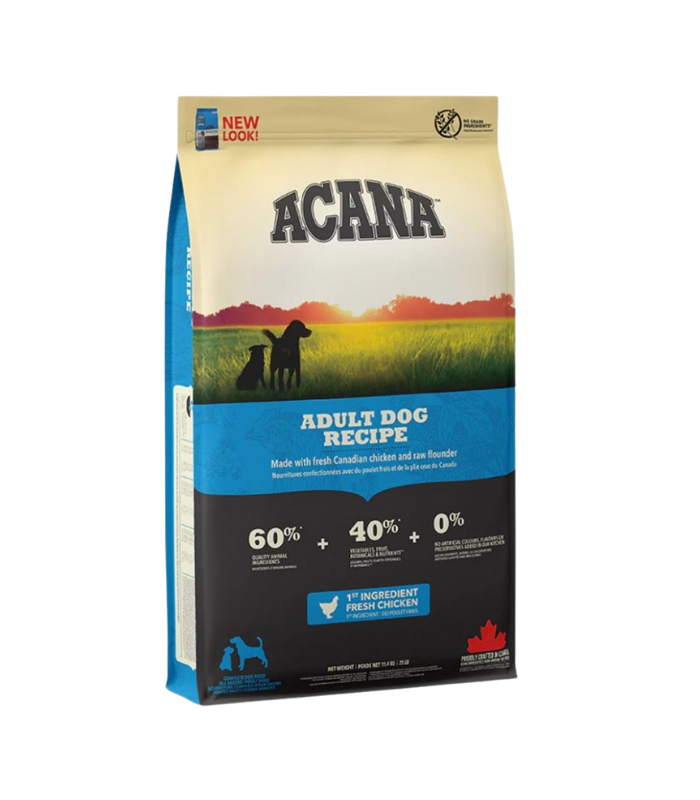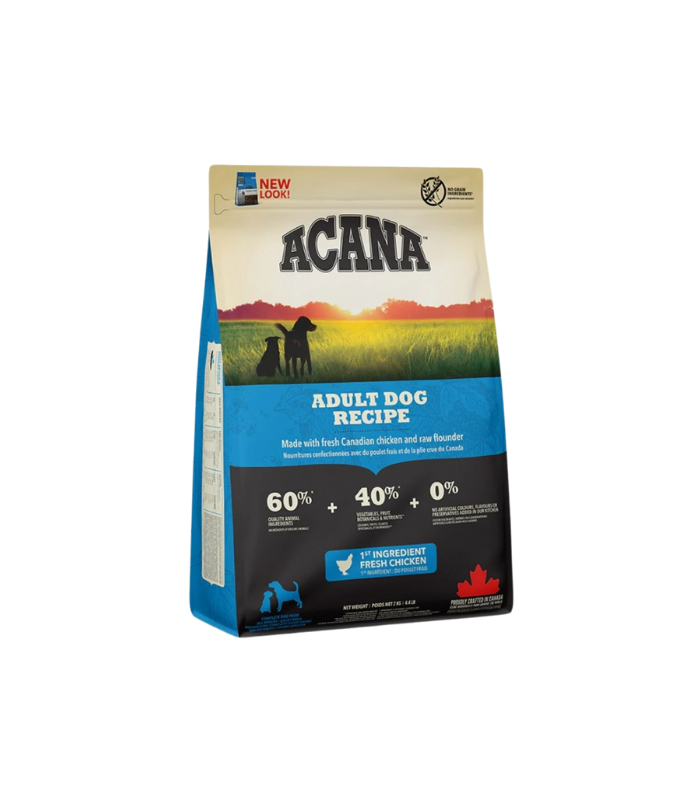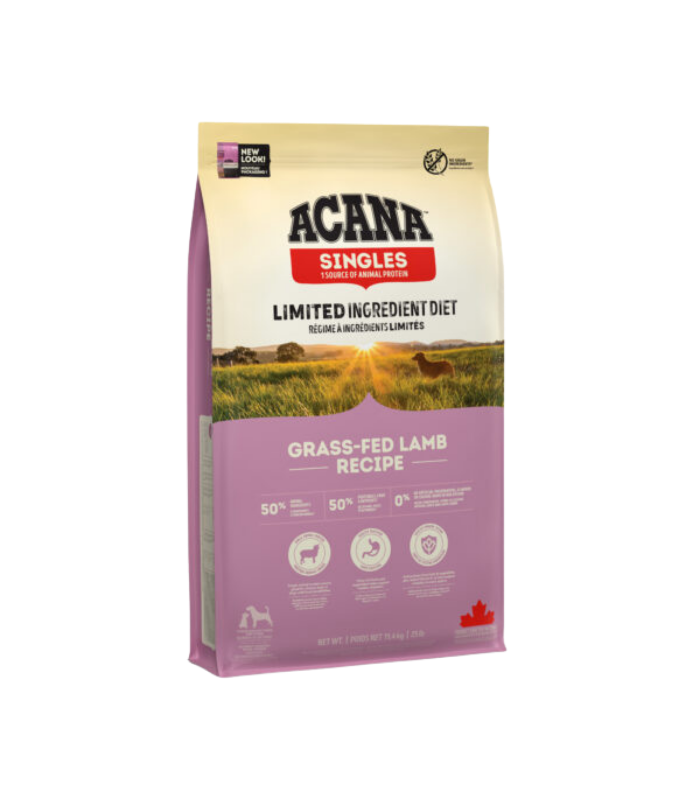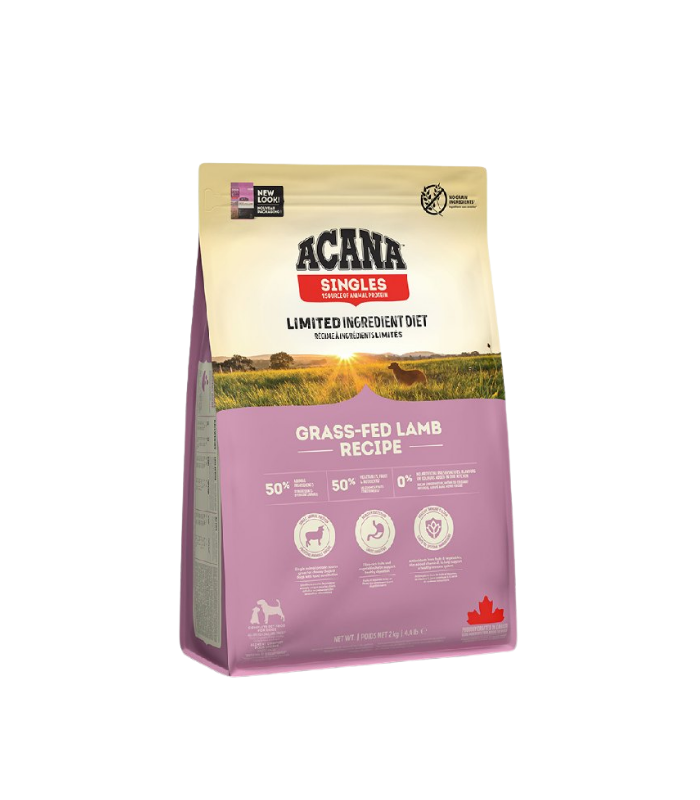Not All Pet Food Is Made Equal
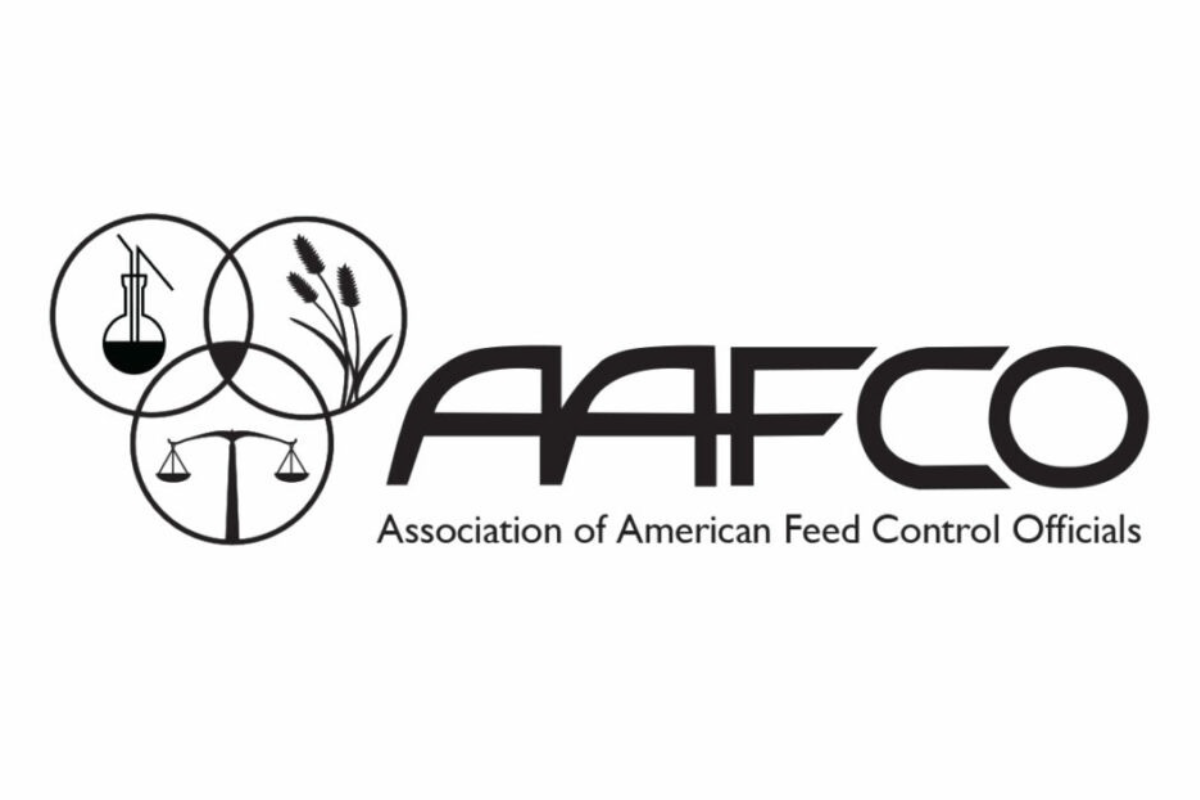
How to read a pet food label without falling for the hype.
Hi pet parents! It’s Zoe, your friendly vet nurse. Pet food shelves are full of promises: “Grain-free!” “Premium quality!” “Human-grade superfoods!” But once you look past https://www.yoctel.com/career/ the pretty packaging, how do you actually know which food is right for your pet? Let’s keep it simple—and real.
1. ✅ “Complete and Balanced” Matters—But It’s Just the Starting Point
Look for a statement that says the food is “complete and balanced” according to AAFCO (US) or FEDIAF (Europe). 🔎 Important note: AAFCO is not a certification or gold seal. It’s just a set of nutritional standards. So if the food follows AAFCO guidelines, it meets the minimum nutrient levels for a certain life stage (like growth or adult maintenance). 📌 But here’s the catch: Just because a food is AAFCO-compliant doesn’t mean it’s high quality or perfect for your pet. Think of it like meeting school pass marks—acceptable, but not the same as an A+.
2. 🚫 Grain-Free Isn’t Automatically Healthier
Many pet parents switch to grain-free because it sounds “clean” or “natural.” But for some pets, grain-free diets may do more harm than good. 💔 Example: Dogs with certain heart conditions like DCM (dilated cardiomyopathy) may actually be at risk on grain-free diets high in peas, lentils, or legumes. Studies have shown a potential link. 🌾 Meanwhile, grains like rice, oats, and barley are not harmful for most pets. They’re actually a great source of digestible carbs and energy.
3. 🥩 High Protein Isn’t Always Better
We all love to see “high protein”—it sounds powerful, right? 💪 But it’s not a one-size-fits-all solution. 👍 Great for:
- Puppies and kittens
- Active, working, or underweight pets
⚠️ Be careful for:
- Senior pets
- Pets with kidney or liver disease
- Less active or https://cagr.tu.edu.iq/ overweight pets
Too much protein can mean extra organ strain or unnecessary calories.
4. 📌 Choose Based on Your Pet—Not the Packaging
- Growing puppy? Needs food designed for growth.
- Overweight cat? Needs lower calorie
- Senior dog with kidney issues? Needs moderate protein, lower phosphorus.
- Sensitive https://heylink.me/OVODEWAOFFICIAL/ stomach? Try limited-ingredient or vet-approved
Trendy claims like “superfoods” or “holistic” mean nothing if the recipe isn’t properly balanced.
🧠 Bottom Line:
Pick pet food like you’d pick your own diet—not by what’s trendy, but by what suits your health, lifestyle, and needs. Remember, when it comes to feeding your pet, “complete and balanced” means the food should meet the basic requirements—but it doesn’t guarantee your pet’s specific health needs are met. Whether it’s allergies, sensitivities, or preferences, personalization is key! Remember to always check with your vet or a pet nutritionist if you have doubts about what to give your pet. 👉 Stay tuned for next, where we dive into how to know how much to feed a 50kg dog and a 4kg cat. Disclaimer: I am not a veterinarian or certified pet nutritionist. The information https://enovicke.acs.si/ shared in this article is based on general pet care knowledge and current guidelines, and is intended for healthy, adult cats and dogs only. For pets with medical conditions, special dietary needs, or if you’re unsure what’s best, please consult your veterinarian or a qualified pet nutritionist before making changes to their diet, supplements, or feeding routine.

About Vet Nurse Zoe
Zoe is a dedicated veterinary nurse who has been practicing in a veterinary clinic since 2022. She is committed to providing high-quality care for animals while continuously expanding her knowledge to better serve pets and their owners.
In collaboration with Petsmore, she aims to provide reliable and practical information to help pet owners make informed decisions about their pets’ well-being. Learn more about Zoe by checking her bio or following her on Instagram at @vetnursezoe! https://bnd.cfga.gov.mn/
